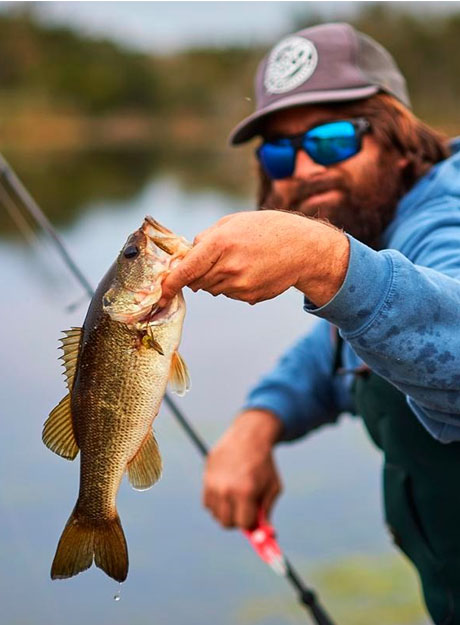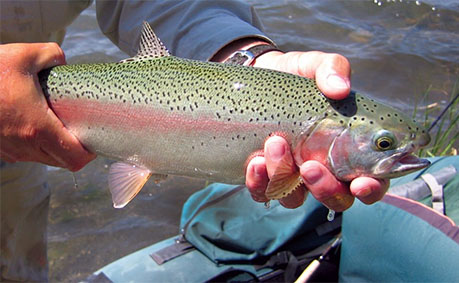Trout are finicky feeders. To attract their attention, and get them to bite, requires presenting the right bait at the right time. Knowing which rig to use, under what conditions will make the difference between landing that trophy trout, or getting completely skunked.
There’s a perfect trout rig for just about every situation. However, there isn’t one trout rig that’s perfect for all situations. That’s why it’s imperative you master rigging for trouts and learn which rig to use for a give trout species and when to use it.
There are three basic rig setups for catching trout. They include (1) rigs that present bait suspended underneath a float, (2) rigs that present bait at the bottom of the water column near the bottom, and (3) rigs the allow you to cast and retrieve an artificial lure.
The following fishing rigs are ideal for trout fishing. Review each rigs to determine which will be most effective for the type of trout your targeting and fishing conditions.
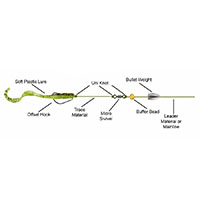
Used for casting and dragging across a target area where fish may be located
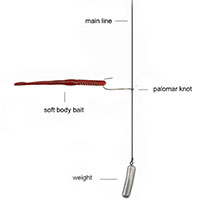
A bass fishing rig that can be fished deep, shallow, and anywhere in between
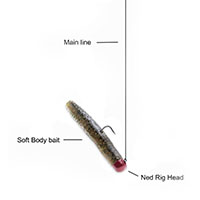
Ideal for fishing tough conditions. Small profile and mimics natural food source
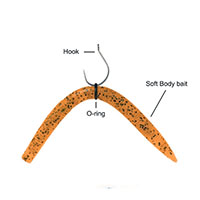
A finesse fishing rig that mimics a bobbing and wiggling bait worm
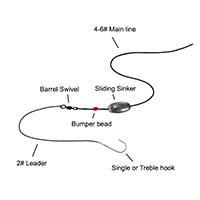
Ideal for still fishing or drift fishing the bottom for light biting fish such as walleye

One of the most traditional and effective rigs for catching a large variety of fish
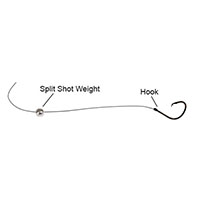
Simple and proven rig for catching trout, walleye and other freshwater game fish
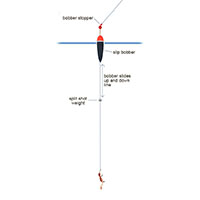
Can be fished at various depth with an easy adjustment to a bobber stop
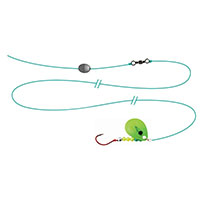
Mimics the behavior of a small fish. Ideal for walleye, pike, muskie and trout
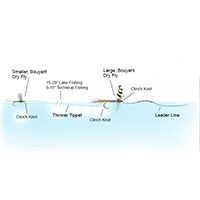
Presents an emerger and a dun fly on one line. Most effective during a hatch
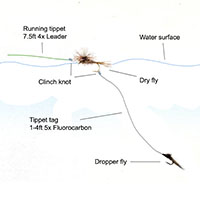
Effective for targeting trout in small streams and creeks as well as larger rivers
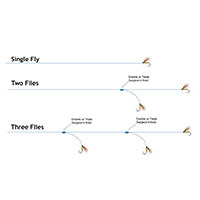
Best for water which has uniform currents. Not ideal for non-uniform currents
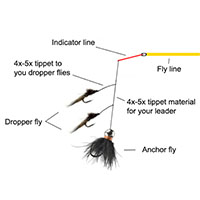
Set up with 2 or 3 flies at different larval stages to target trout feeding underwater
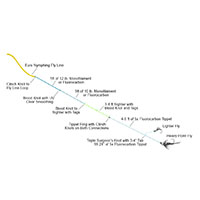
Designed to cast your fly to a designated target and then fish along the bottom
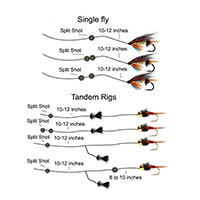
Uses split shot to add weight to the rig so it will sink into the strike zone faster
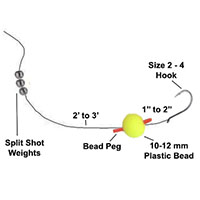
Designed to resemble salmon eggs flowing down stream for steelhead fishing


